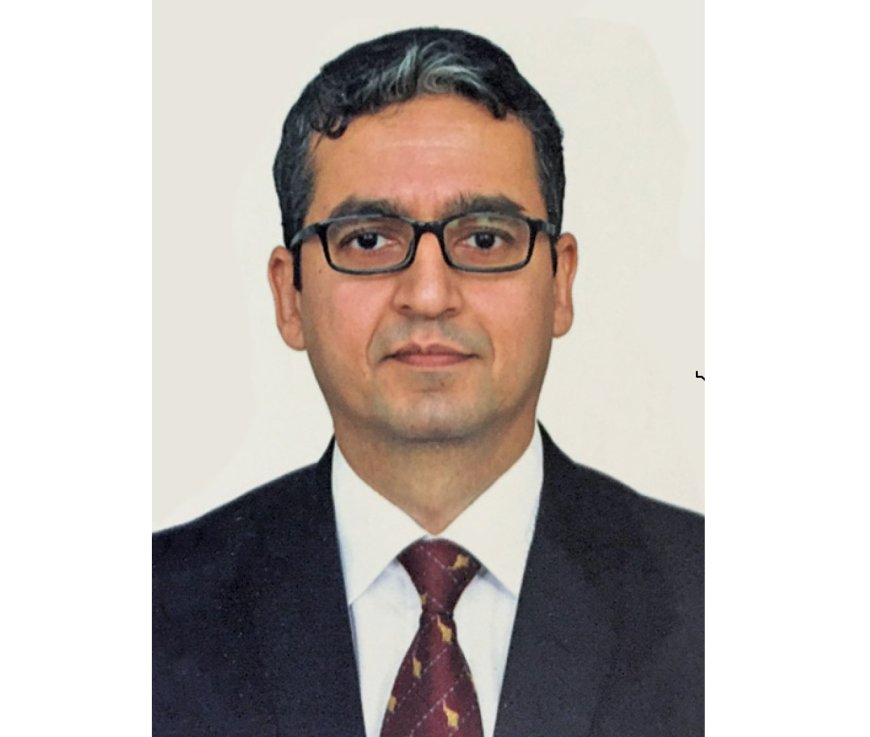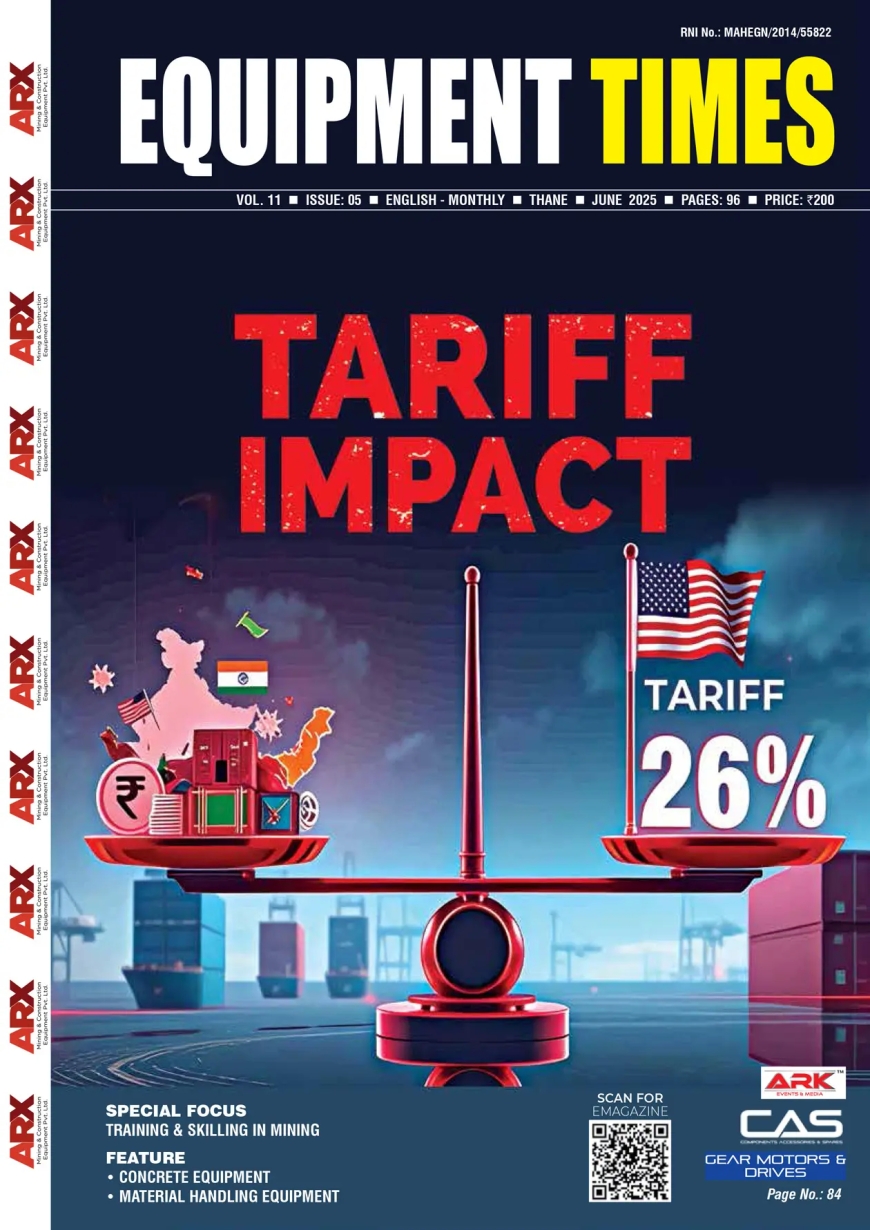We were selected as preferred supplier for supply of 2 Nos of Mobile Harbour Cranes at the country’s first inland waterways terminal developed by IWAI.
Sunil Kalra Managing Director, Liebherr India How do you look at the possibilities improving for OEMs in the equipment industry as the Sagarmala project is set to promote port-led direct and indirect development and to provide infrastructure to transport

How do you look at the possibilities improving for OEMs in the equipment industry as the Sagarmala project is set to promote port-led direct and indirect development and to provide infrastructure to transport goods to and from ports quickly, efficiently?
The Sagarmala Programme is an initiative by Government of India to enhance performance of country’s logistics sector. This programme envisages unlocking the potential of waterways and the coastline to minimize infrastructural investments required to meet these targets.
This includes setting up new mega ports, modernising India’s existing ports, developing Coastal Economic Zones (CEZs) and Coastal Economic Units, enhancing port connectivity via road, rail, multimodal logistics parks, pipelines & waterways and promoting coastal community development.
In this program, OEM (original equipment manufacturer) like us can contribute by supplying state of art technological equipments to improve productivity and enhance efficiency of new ports, existing ports, inland waterways, etc.
We at Liebherr feel proud in stating that we were selected as preferred supplier for supply of 2 No’s of Mobile Harbour Cranes at the country’s first inland waterways terminal developed by IWAI (Inland Waterways Authority of India) at Varanasi. This was inaugurated by the honourable Prime Minister Shri. Narendra Modi in 2018. Followed by a repeat order for the supply of similar equipment i.e. Mobile Harbour Crane for the Sahibganjinland waterways terminal.
What are your major contributions in the Port project? Which of your equipment / Maritime Cranes are employed in the Port Industry?
Being an OEM, we can contribute to enhance/improve productivity in cargo handling to improve vessel turnaround time and offer an innovative solution (economical and efficient) for small inland waterways terminals, with latest state of art technology equipment.
In today’s world, all focus is on green technology in order to reduce/avoid carbon footprint. Liebherr is already well equipped to offer emission free solutions by having an option to operate the equipment with shore power supply; existing equipment can be retrofitted with this option as well. We have recently executed such retro fitment job of converting existing diesel operated mobile harbour crane to electric operated, at one of India’s well-known port on east coast of India.
We have complete portfolio of Maritime Cranes in India, which includes mobile harbour cranes, floating cranes, fixed cranes for small terminal as well as specialized container handling cranes. As on date we have a fleet of more than 200 cranes operating at almost every Indian port scattered on East and West Coast.
What are your suggestions that need to be incorporated by the government to ensure not just the success of the programme, but also growth for the equipment manufacturers?
Current government is focused in developing infrastructure for the growth of our country, which includes ports, waterways, etc. Decade ago, we had only few official national waterways; however, as on date we have 114 official national waterways. Further, government has a plan to develop these waterways as navigable river step-by step, which will offer huge opportunities in future. Another very important scheme is ‘Project Unnati’, wherein government has identified various projects for efficiency improvements as well as upgradation of existing port. This is mainly by replacing old equipment with latest technology and by upgrading existing equipment. Such projects have offered very good opportunities for equipment suppliers like Liebherr. In some projects, government is procuring equipment directly from OEM, which is possible only via open tender, wherein basis of selection is lowest price. This criterion sometime becomes hindrance to get best quality and highest reliable equipment. In this case, we would urge the government / port authority to go via PPP model as then, preferred operator is free to select equipment of their own choice, which is not necessarily based on lowest price.
Hits: 1








